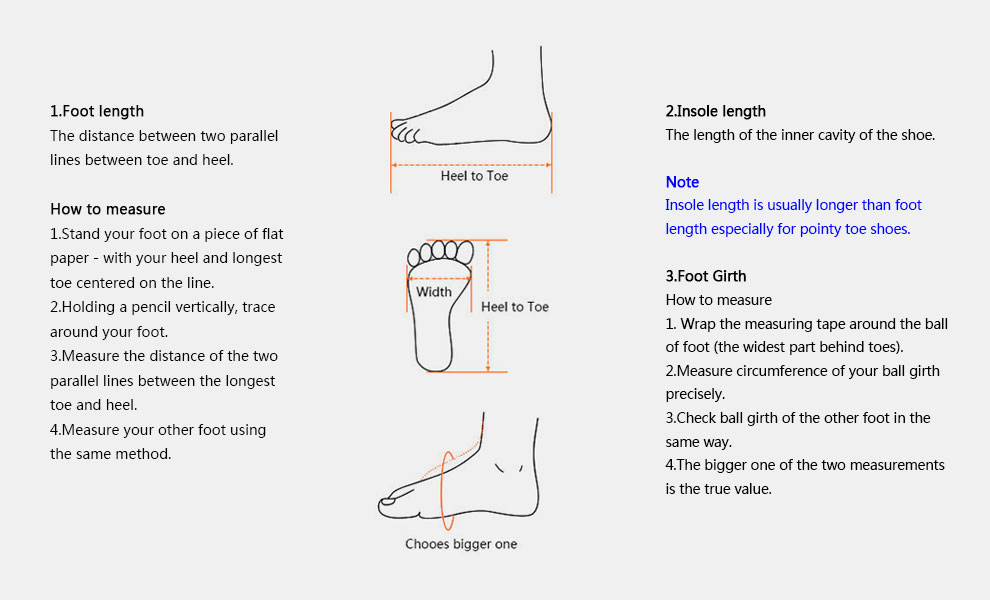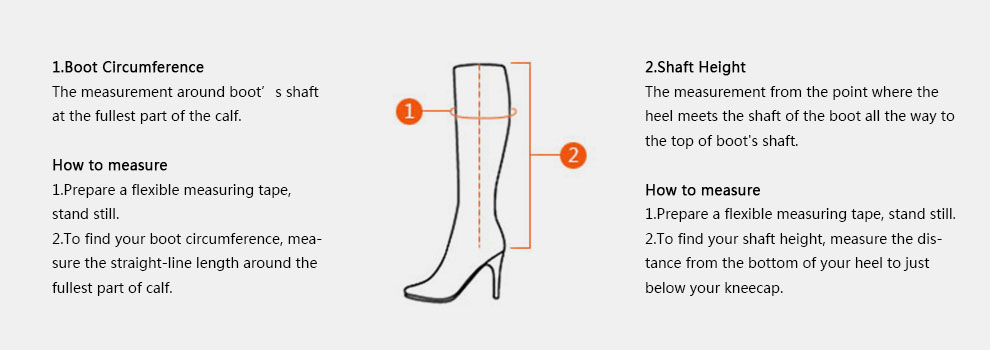Size Chart
| REGULAR SIZE | US | BUST | WAIST | HIPS |
|---|---|---|---|---|
| S | 4 | 34 | 26 | 36.5 |
| 6 | 35 | 27 | 37.5 | |
| M | 8 | 36 | 28 | 38.5 |
| 10 | 37 | 29 | 39.5 | |
| L | 12 | 38.5 | 30.5 | 41 |
| 14 | 40 | 32 | 42.5 | |
| XL | 16 | 41.5 | 33.5 | 44 |
| 18 | 43 | 35 | 45.5 | |
| 2XL | 20 | 45 | 37 | 48.5 |
| REGULAR SIZE | US | BUST | WAIST | HIPS |
|---|---|---|---|---|
| S | 4 | 86.4 | 66 | 92.7 |
| 6 | 88.9 | 68.6 | 95.3 | |
| M | 8 | 91.4 | 71.1 | 97.8 |
| 10 | 94 | 73.7 | 100.3 | |
| L | 12 | 97.8 | 77.5 | 104.1 |
| 14 | 101.6 | 81.3 | 108 | |
| XL | 16 | 105.4 | 85.1 | 111.8 |
| 18 | 109.2 | 88.9 | 115.6 | |
| 2XL | 20 | 114.3 | 94 | 123.2 |
| PLUS SIZE | US | BUST | WAIST | HIPS |
|---|---|---|---|---|
| 0X | 12W | 40 | 33 | 42 |
| 1X | 14W | 42 | 35 | 44 |
| 16W | 44 | 37 | 46 | |
| 2X | 18W | 46 | 39 | 48 |
| 20W | 48 | 41 | 50 | |
| 3X | 22W | 50 | 43 | 52 |
| 24W | 52 | 45 | 54 |
| PLUS SIZE | US | BUST | WAIST | HIPS |
|---|---|---|---|---|
| 0X | 12W | 101.6 | 83.8 | 106.7 |
| 1X | 14W | 106.7 | 88.9 | 111.8 |
| 16W | 111.8 | 94 | 116.8 | |
| 2X | 18W | 116.8 | 99.1 | 121.9 |
| 20W | 121.9 | 104.1 | 127 | |
| 3X | 22W | 127 | 109.2 | 132.1 |
| 24W | 132.1 | 114.3 | 137.2 |
Size Conversion
| REGULAR SIZE | INT | US/CA | UK | FR | EU | IT |
|---|---|---|---|---|---|---|
| S (155/80A) | S | 4-6 | 6-8 | 34 | 34-36 | 40-42 |
| M (160/84A) | M | 8-10 | 10-12 | 36 | 38-40 | 44-46 |
| L (165/88A) | L | 12-14 | 14-16 | 38 | 42-44 | 48-50 |
| XL (170/92A) | XL | 16-18 | 18-20 | 40 | 46-48 | 52-54 |
| 2XL (175/96A) | 2XL | 20-22 | 22-24 | 42 | 50-52 | 56-58 |
US Size Chart
Please Note: This chart should only be used for clothes that are available ONLY in US Sizes and NOT international sizes.
| US 2 | US 4 | US 6 | US 8 | US 10 | US 12 | US 14 | US 16 | |
| Chest | 32¾ | 33½ | 34¾ | 35½ | 36½ | 38¼ | 39¼ | 41 |
|---|---|---|---|---|---|---|---|---|
| Waist | 25½ | 26½ | 27½ | 28¼ | 29½ | 31¼ | 32¾ | 33¾ |
| Hip | 35¾ | 36½ | 37¾ | 38½ | 39¾ | 41¼ | 43 | 44¼ |
| neckline to floor | 57¾ | 57¾ | 59¼ | 59¼ | 59¾ | 59¾ | 61¼ | 61¼ |
| US 2 | US 4 | US 6 | US 8 | US 10 | US 12 | US 14 | US 16 | |
| Chest | 83 | 85 | 88 | 90 | 93 | 97 | 100 | 104 |
|---|---|---|---|---|---|---|---|---|
| Waist | 65 | 67 | 70 | 72 | 75 | 79 | 83 | 86 |
| Hip | 91 | 93 | 96 | 98 | 101 | 105 | 109 | 112 |
| neckline to floor | 147 | 147 | 150 | 150 | 152 | 152 | 155 | 155 |
| US 16W | US 18W | US 20W | US 22W | US 24W | US 26W | |
| Chest | 43 | 45 | 46¾ | 48¾ | 51¼ | 53¼ |
|---|---|---|---|---|---|---|
| Waist | 36¼ | 38½ | 41 | 43 | 45¼ | 47¾ |
| Hip | 45¾ | 47¾ | 49½ | 51½ | 53½ | 55½ |
| neckline to floor | 61¼ | 61¼ | 62¼ | 62¼ | 62¼ | 62¼ |
| US 16W | US 18W | US 20W | US 22W | US 24W | US 26W | |
| Chest | 109 | 114 | 119 | 124 | 130 | 135 |
|---|---|---|---|---|---|---|
| Waist | 92 | 98 | 104 | 109 | 115 | 121 |
| Hip | 116 | 121 | 126 | 131 | 136 | 141 |
| neckline to floor | 155 | 155 | 158 | 158 | 158 | 158 |
UK Size Chart
Please Note: This chart should only be used for clothes that are available ONLY for clothes listed in UK Sizes and NOT international sizes.
| Bust | Waist | Dress Length | |
|---|---|---|---|
| UK8 | 32¼ | 26¾ | 34¼ |
| UK10 | 33¾ | 28¼ | 34¾ |
| UK12 | 35½ | 30 | 35¼ |
| UK14 | 37¼ | 31½ | 35½ |
| UK16 | 38½ | 33¼ | 35¾ |
| Bust | Waist | Dress Length | |
| UK8 | 82 | 68 | 87 |
|---|---|---|---|
| UK10 | 86 | 72 | 88 |
| UK12 | 90 | 76 | 89 |
| UK14 | 94 | 80 | 90 |
| UK16 | 98 | 84 | 91 |
How to Measure

How to Measure:
- A.Bust
1. This is not your bra size.
2. Wear a bra.
3. Relax arms at sides.
4. Pull tape across the fullest part of the bust. - B.Waist
1. Find the natural waist.
2. This is the smallest part of the waist.
3. Usually about 1 in. above belly button.
4. Keep tape slightly loose to allow for breathing room. - C.Hip
1. Find the widest part of the hips.
2. Usually about 7 in. below natural waist.
3. Tape should brush across both hipbones. - D.Shoulder Width
1. From the edge of the shoulder socket.
2. Measure across the back to the same point on the other shoulder. - E.Arm Length
From top of the shoulder down to the wrist.
- F.Height
1. Measure in bare feet.
2. Begin at the top of head and pull tape straight down to the floor(your standard height measurement). - G.Thigh Circumference
Meausre the fullest part of upper-part of the thigh.
H. Waist to Ankle
Standing with feet together; measure from the waist to the ankle.J. Inseam
From crotch seam to the ankle.
Size chart for shoes
| Foot Length | UK | US | |
|---|---|---|---|
| EU34 | 8½ | 2 | 4 |
| EU35 | 8¾ | 2.5 | 5 |
| EU36 | 9 | 3 | 6 |
| EU37 | 9¼ | 4 | 7 |
| EU38 | 9½ | 5 | 8 |
| EU39 | 9¾ | 6 | 9 |
| EU40 | 10¼ | 7 | 10 |
| EU41 | 10¼ | 8 | 11 |
| EU42 | 10½ | 9 | 12 |
| EU43 | 10¾ | 10 | 11 |
| EU44 | 11¼ | 11 | 14 |
| EU45 | 11¼ | 12 | 15 |
| EU46 | 11½ | 13 | 15.5 |
| EU47 | 12 | 14 | 16 |
| Foot Length | UK | US | |
|---|---|---|---|
| EU34 | 21.5 | 2 | 4 |
| EU35 | 22.1 | 2.5 | 5 |
| EU36 | 22.8 | 3 | 6 |
| EU37 | 23.5 | 4 | 7 |
| EU38 | 24.2 | 5 | 8 |
| EU39 | 24.8 | 6 | 9 |
| EU40 | 25.5 | 7 | 10 |
| EU41 | 26.2 | 8 | 11 |
| EU42 | 26.8 | 9 | 12 |
| EU43 | 27.5 | 10 | 11 |
| EU44 | 28.2 | 11 | 14 |
| EU45 | 28.8 | 12 | 15 |
| EU46 | 29.5 | 13 | 15.5 |
| EU47 | 30.2 | 14 | 16 |
How to Measure
How to Measure:
Tips
- Take your measurements in the afternoon, when feet tend to be their largest.
- Wear the same socks or stockings that you will wear with your new shoes. Example: barefoot for sandals, thick socks for winter boots.
- Some people have one foot slightly longer/wider than the other. Measure both feet, and use the longest and widest measurements to fit your shoes.
- Don’t assume your shoe size is the same as it always has been. The shape of your feet changes over time.
- Insole length may be slightly larger than your foot length, especially with pointy toe shoes.
- Shaft circumference and height vary with size. Their interval between sizes is about 0.2″ (0.5cm).
- There may be 0.8″ (2cm) deviation because of manual measurement.
- Some shoes are given recommendations to order smaller or larger (e.g. runs narrow; order 1/2 size up).
- If half sizes are not available, order a full size up.
- If you have narrow feet and a narrow-fit isn’t offered, consider going down a half-size if possible.
- If you have wide feet and a wide-fit isn’t offered, try going up a half size to create more room.
- If you don’t know your size in athletic/running shoes, consider ordering a half size larger than your normal size



